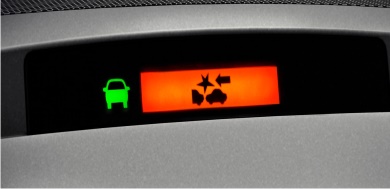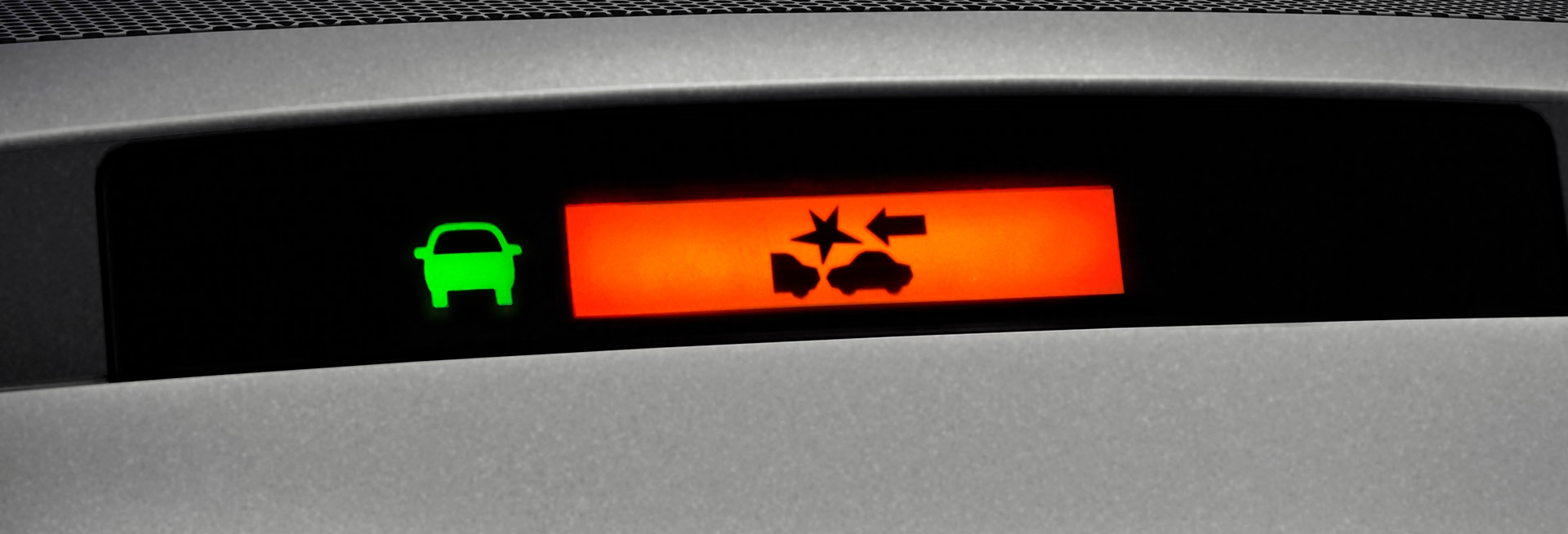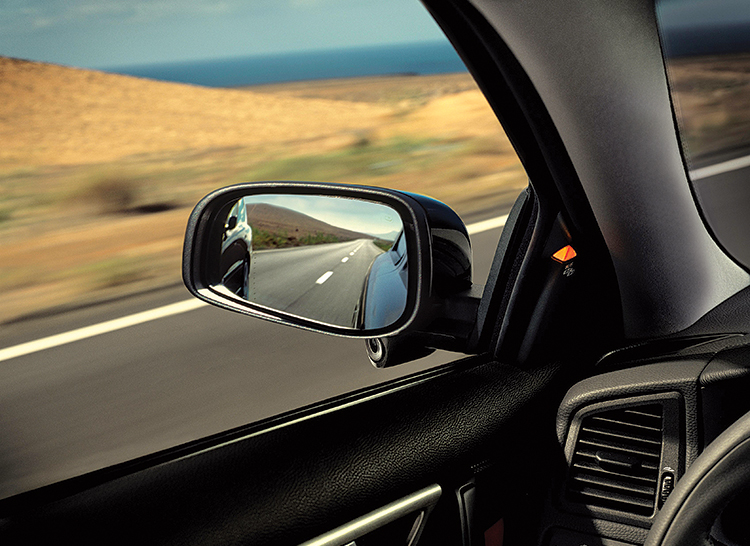Blog

10 Ways to Avoid a Car Crash
Proven safety technologies that you'll want in your next car...

Many people equate car safety with crashworthiness. But Carpartsnigeria believes the technology that helps you avoid the car crash in the first place is just as valuable.
But choosing a safe car can be challenging when that technology gets lost in a showroom alphabet soup of acronyms that salespeople themselves may undervalue or underemphasize.
Here are our Top 10 advanced safety features, in order of preference. Even if they come bundled into a package with other tech items that you might not want, and that can raise the car’s price, we believe these potentially lifesaving options are worth the extra cash.
1. Forward-Collision Warning (FCW)
Using laser, radar, or cameras, these systems assess surrounding conditions, as well as the speed of your approach to a potential impact with a vehicle ahead of you. They will alert you with visual and/or audible signals to a potential car crash, allowing you time to react. Some systems also sense and alert you to the potential for a collision with pedestrians.
2. Automatic Emergency Braking (AEB)
These systems add to the benefits of forward-collision warning. AEB will sense a potential collision, and if you don’t react in time, the car will initiate braking.

Blind-spot monitor reveals when a vehicle is moving past your flanks, covering areas you may not be able to see, and provides an alert in the side-view mirrors.
3. Blind-Spot Warning
This technology detects and warns of vehicles you can’t see. The system scans the sides of the vehicle to warn of vehicles’ presence in blind spots. It alerts drivers with a visible, audible, and/or tactile alert to indicate that it’s unsafe to merge or change lanes.
4. Rear Cross-Traffic Alert
These systems sense traffic that may cross your path as you reverse, which can be helpful when you’re backing out of a parking space or driveway. Some systems will automatically brake for the driver to avoid an object.
5. Backup Cameras
This camera-based assistance system is activated when the vehicle is placed in reverse. The rear view is displayed in a center console screen or rear-view mirror. Some vehicles have a parking assistance system that visually diagrams a lined guided parking path to track your steering angle. Cross-traffic alerts and overhead view cameras can also be integrated into the camera view.

Automatic high beams like those in the Lincoln MKX dim your lights for oncoming cars
6. Automatic High Beams
This function automatically switches from low to high beams, and back again, for improved nighttime visibility as conditions warrant.
7. Lane-Keeping Assist (LKA)
In addition to sensing when you leave your lane, this technology will induce mild steering input to put you back into your lane.
8. Adaptive Cruise Control (ACC)
By using lasers, radar, cameras, or a combination of those systems, ACC systems automatically adjust vehicle speed in order to maintain a safe distance from the vehicle in front of you and prevent a potential car crash. If traffic slows, some systems will bring the car to a complete stop and automatically come back to speed when traffic gets going again.
9. Parking-Assist Systems
These are a series of sensors in the front, rear, or both bumpers that alert you at low speeds that cars, light poles, walls, shrubbery, and other obstacles are getting close.
10. Lane-Departure Warning (LDW)
The use of cameras, lasers, or infrared sensors assists you with sound or vibration warnings to let you know when you have drifted out of your lane.
Posted on July 2016,29 // Author: Admin